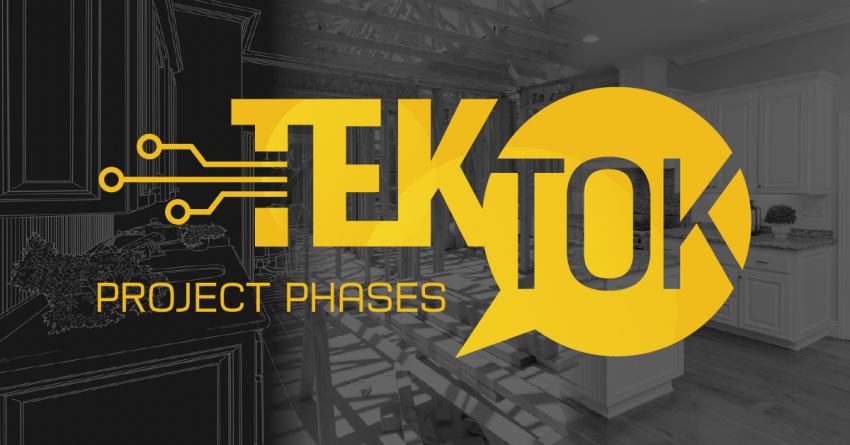A Basic Guide to the Design and Construction Process for AEC Marketing Professionals
There are many stages of design and construction, and proportionally many terms to learn. Stay on top of the architecture, engineering, and construction industry jargon by refreshing yourself and fact-checking your understanding of certain concepts.
Needs Assessment: Ideally, the first phase in the planning-design-construction process. Needs assessments may include evaluating existing facilities and operations, developing site criteria, and evaluating potential sites.
Feasibility Study: A preliminary study undertaken in the earliest stages of a project to address doubts and difficulties related to the proposed plans. A compelling project feasibility study will determine project viability, necessary site remediations, and site evaluation.
Programming: The early stages of a project, during which the design team, owner, users, and sometimes contractor discuss the goals, needs, and function of the project, design expectations and available budget, and applicable building code and zoning regulations. The project team then prepares a written statement detailing design objectives, constraints, and criteria for the project, including special requirements and systems and site requirements.
Architectural Program: A document stipulating the physical provisions needed to support the operational requirements. An architectural program includes names, numbers, sizes, and descriptions of spaces, and adjacency diagrams. It may also have lists of major furnishings and equipment for each area, significant architectural characteristics of each space, and consequential engineering requirements.
Conceptual Design: The first phase of design, in which drawings are the dominant tool and product. Usually, drawings in this phase include simple, single-line floor plans, test fits, building sections, elevations, and site plans.
Schematic Design (SD): Scaled floor plans, building sections, elevations, and site plans. Schematic designs almost always include outline specifications indicating the types of engineering systems, glazing (glass), and doors. Schematic design may contain three-dimensional perspectives of the exterior and models of the entire building or portions of it.
Design Development (DD): A phase within which all schematic plans and elevations are reviewed, revised, and expanded to incorporate the necessary details and specifications for construction.
Construction Documents (CD): These final documents are used to obtain bids from contractors. A full plan set will typically include detailed floor plans, elevations, sections, and drawings of specific areas (windows, doors, and staircase details), detailed engineering plans (structural, mechanical, plumbing, electrical, electronic), and detailed written specifications.
Bidding: Once construction drawings and specifications are completed and approved, interested contractors with the resources and experience to build the facility submit written estimates covering the total cost of labor, subcontractors, materials, expenses, and overhead to construct the facility. The contractor that submits the lowest bid is often awarded the project, provided the firm meets minimum qualifications.
Construction Administration/Construction Observation: Managing the construction phase of a project, which begins with the bidding and generally ends 30 days after completion of construction. This role typically includes review of shop drawings, site visits, review of contractor pay applications, issue and review changes, creating a punch list document outlining items to be completed, and closeout of the construction phase.
Project Closeout: The final construction phase of the project lifecycle before payment, wherein final documents are collected, assembled into a package, and presented to the client.
Occupancy: Refers to the intended use of a building or its portions for the shelter or support of persons, animals, or property.






